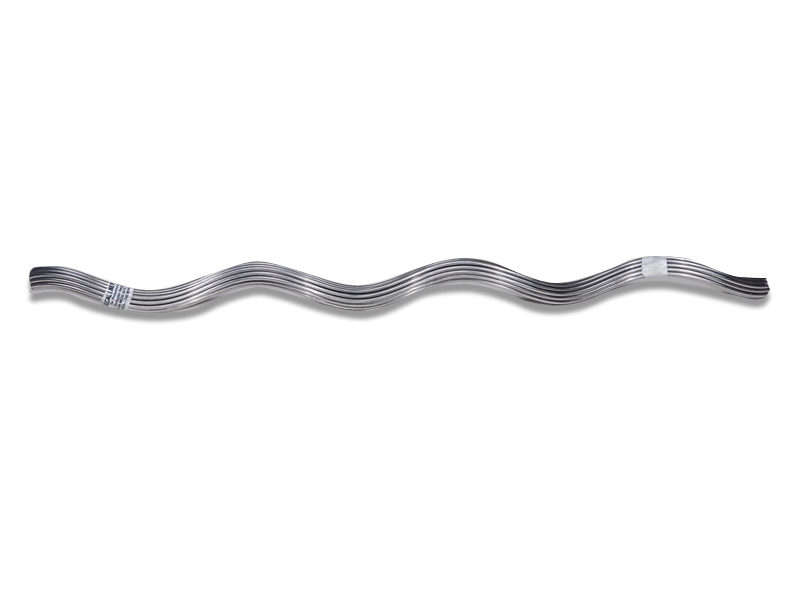
A line guard is a protective device designed to safeguard the conductor and other components of the transmission system. Its main function is to maintain the integrity and reliability of the infrastructure. Line guards protect the conductors from mechanical damage. This may be from factors like vibrations, friction and physical contact with other objects. They also reduce the wear and tear that occurs at points where conductors suspend. Line guards have designs to deter birds and animals from nesting on the conductors. This also helps to keep birds and animals away from the high voltage lines to ensure the safety of the wildlife. Line guards also play a role in preventing environmental damage by ensuring the conductors remain in place. Common types of line guards include helical line guards, armor rods and bird flight diverters.
Properties of a line guard
The properties of a line guard ensure its effectiveness in protecting transmission lines. The properties have designs to address the specific challenges faced by conductors and other components. They help the line guard to address mechanical, thermal, electrical and environmental challenges. The following are the properties of a line guard.
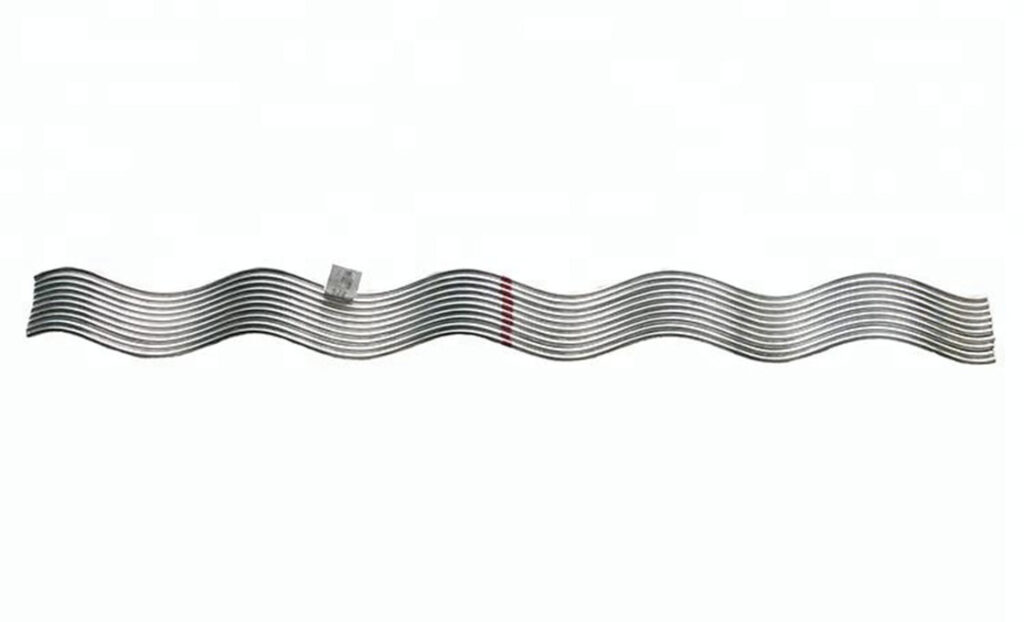
- Mechanical strength – line guards are from materials that offer high durability and resistance to mechanical stresses. This ensures they can withstand the physical stresses from wind, vibration and mechanical contact. They also help to distribute mechanical loads and stresses along the conductor.
- Material composition – the line guard materials are resistant to corrosion and environmental degradation. They are also lightweight to avoid adding significant extra weight to the transmission lines.
- Thermal properties – line guards have designs to accommodate the thermal expansion and contraction. This is due to temperature changes to ensure they remain effective in climatic conditions.
- Electrical insulation – the line guards are from non-conductive materials to prevent electrical arcing. They also ensure they do not interfere with the electrical properties of the conductors.
- Flexibility and conformability – line guards should be flexible enough to conform to the shape of the conductors. The design should ease installation and removal to allow maintenance without extensive effort.
- Environmental resistance – line guards face direct sunlight for extended periods. They should be resistant to UV radiation to prevent degradation. They should be capable of withstanding extreme weather conditions including rain and snow.
- Design and structure – helical line guards wrap around the conductor to help in distributing stress. A smooth surface helps reduce friction and wear on the conductors.
- Impact resistance – line guards should be able to absorb impacts from falling objects, bird strikes and other forces.
Materials used in the construction of a line guard
There are several materials used in the construction of line guards. The selected materials depend on their ability to provide mechanical protection and environmental resistance. Additionally, it is advisable to balance factors such as mechanical stress, environmental resistance, cost and electrical properties. The following are the common materials used in the manufacture of line guards.
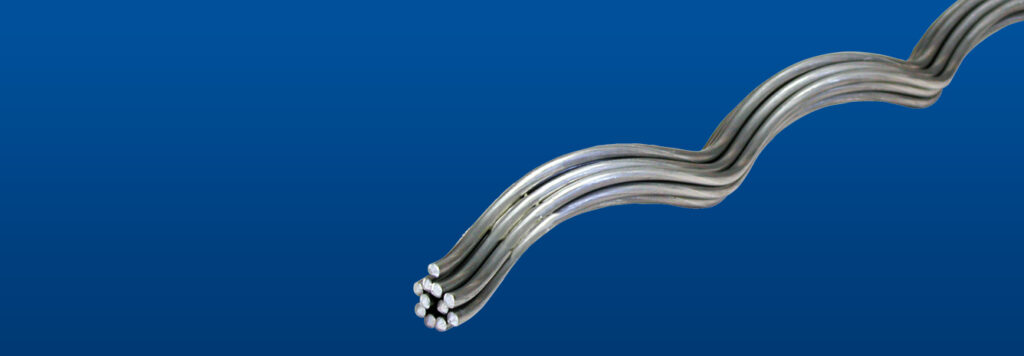
- Aluminium – this material has excellent strength-to-weight ratio. It also provides strong mechanical protection without adding extra weight to the conductors. Aluminum forms a protective oxide layer that resists corrosion. It also has goof thermal conductivity which helps in dissipating heat generated by the electrical current.
- Galvanized steel – this offer high mechanical strength. This makes it ideal for environments where the line guard faces physical stresses. The galvanization process coats the steel with a layer of zinc providing corrosion resistance.
- Stainless steel – this is common for its durability and resistance to mechanical wear and environmental factors. It has superior resistance to rust and corrosion. It also needs minimal maintenance which makes it a long lasting option.
- Fiberglass – this is an insulator which makes it ideal for applications where electrical insulation is necessary. It also offers good balance of strength, durability and lightweight properties. Fiber glass line guards are resistant to UV radiation, moisture and temperature variations.
- Polymer composites – these materials are non-conductive which is beneficial for preventing electrical faults. They are also highly resistant to corrosion and UV degradation.
- Polyethylene and other plastics – this is an affordable and lightweight material. It provides an electrical insulation and can withstand exposure to various weather conditions.
Technical specifications for line guards
Technical specifications ensure they are able to meet the demands for transmission lines. They also define the performance, material and design requirements. This is to ensure their effectiveness and reliability. Also, adhering to these specifications help to produce line guards that offer performance and safety. This helps to maintain the integrity of the power transmission infrastructure. The following are the common technical specifications for line guards.
| Specification | Requirements |
| Material | Aluminum Alloy 6061, Galvanized Steel, Fiberglass |
| Tensile strength | ≥ 250 MPa (36,000 psi) |
| Impact Resistance | ≥ 5 kJ/m² (Izod impact test) |
| Operating Temperature Range | -40°C to +85°C (-40°F to +185°F) |
| UV Resistance | Complies with ASTM G154 |
| Dielectric Strength (for non-metallic) | ≥ 12 kV/mm |
| Corrosion Resistance | Complies with ASTM B117 |
| Thermal Expansion Coefficient | ≤ 25 ppm/°C |
| Weight | ≤ 1 kg/m (0.67 lb/ft) |
| Surface Finish | Ra ≤ 1.6 µm |
| Compatibility | Suitable for ACSR, AAAC, and other conductors |
| Standards Compliance | IEEE, IEC, ANSI |
- Material specifications – line guards are from materials like aluminium alloy, galvanized steel, stainless steel or fiberglass. These materials must withstand exposure to corrosive environments and UV exposure.
- Mechanical properties – the line guard should have high tensile strength, flexibility and enough weight. They should also be able to withstand impacts without significant damage.
- Electrical properties – they should also be electrically conductive or non-conductive. They should also be able to resist electrical arcing.
- Thermal properties – the line guards should operate within a specified temperature range. The materials should have a low thermal expansion coefficient to reduce deformation with temperature changes.
- Environmental resistance – the line guards should follow standards like ASTM for weathering testing. This is to ensure durability in various climates.
- Design and construction – the specifications should detail helical pitch, diameter and length. This is to ensure proper fit and protection. They should also ensure a smooth surface finish to reduce friction and wear on conductors.
- Standard and compliance – they should show compliance with relevant industry standards. This is including IEEE, IEC and ANSI standards. The line guards should also undergo testing to ensure they meet the specified requirements.
Coatings and treatments for line guards
Coatings and treatments are important in enhancing the line guards’ performance and durability. They help protect the line guards from environmental factors like corrosion, UV radiation and physical wear. The coatings and treatments play a vital role in maintaining the integrity and reliability of overhead transmission lines. Coatings and treatments apply in various processes. This is including surface preparation like cleaning and blasting. It includes methods like dipping, spraying, brushing, and electrophoretic deposition. The following are the common coatings and treatments used for line guards.
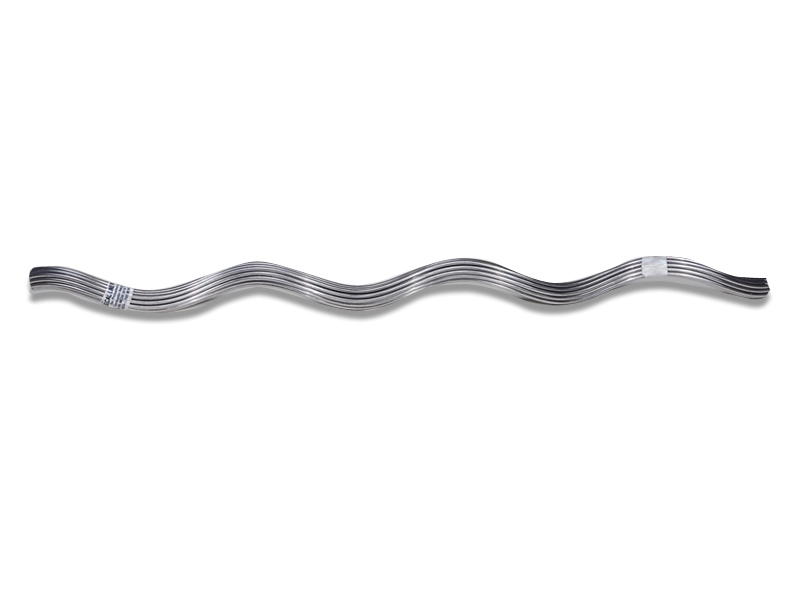
- Galvanization – this involves immersing steel line guards in molten zinc. A thinner zinc coating applies through an electroplating process. It provides corrosion resistance with a smoother finish.
- Anodizing – this enhances the natural oxide layer on aluminium line guards. It helps in providing increased corrosion resistance. This can also serve to add color to the line guards for visibility.
- Polymer coatings – this may include one of polyethylene coating, polyurethane coating and epoxy coating. Polyethylene coating forms a protective layer that is resistant to UV radiation, moisture and chemicals. Polyurethane coating offers abrasion resistance and flexibility. It protects against mechanical wear and environmental degradation. Epoxy coating helps to provide a durable, protective barrier against corrosion and physical damage.
- Fluoropolymer coatings – this provides a low-friction, non-stick surface that is resistant to chemicals and UV radiation.
- Ceramic coatings – this offers high heat resistance, abrasion protection and superior corrosion resistance.
- Anti-corrosion treatments – this includes phosphating which applies to steel line guards. It also includes chromate conversion coating which enhances corrosion resistance and provides a good base for coatings.
Conductors used with line guards
Line guards work with a variety of conductors in overhead transmission lines. They protect them from mechanical damage, abrasion and environmental factors. The choice of the conductor can affect the type and design of line guards used. Additionally, understanding the conductor properties ensures use of the suitable line guards. Factors like mechanical strength, thermal expansion, conductivity, diameter and construction may affect the line guard selection. The following are the common types of conductors used with line guards.
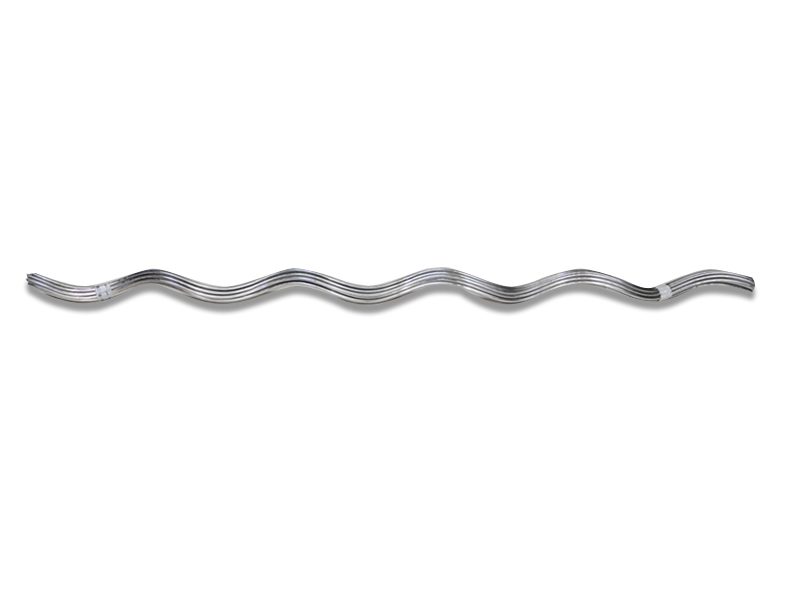
- Aluminum conductor steel (ACSR) – ACSR conductors consist of a core of steel strands surrounded by aluminum strands. Line guard used with ACSR conductors need to hold the steel core’s integrity and the aluminum strands softness.
- All Aluminum Conductor (AAC) – line guards for AAC conductors focus on protecting the softer aluminum strands from abrasion and mechanical wear.
- All aluminum alloy conductor (AAAC) – line guards for AAAC conductors need to provide protection against environmental factors. They also protect against mechanical stress while accommodating the conductor’s higher strength.
- Copper conductors – these need line guards that prevent oxidation and provide mechanical protection.
Frequently asked questions
Common materials include aluminum, galvanized steel, stainless steel, fiberglass and polymer composites.
Key properties of a line guard include mechanical strength, corrosion resistance, thermal stability and electrical insulation. It also includes flexibility, environmental resistance and impact resistance.